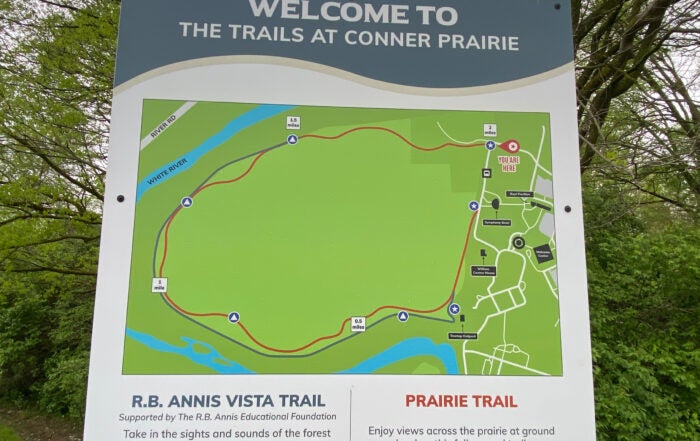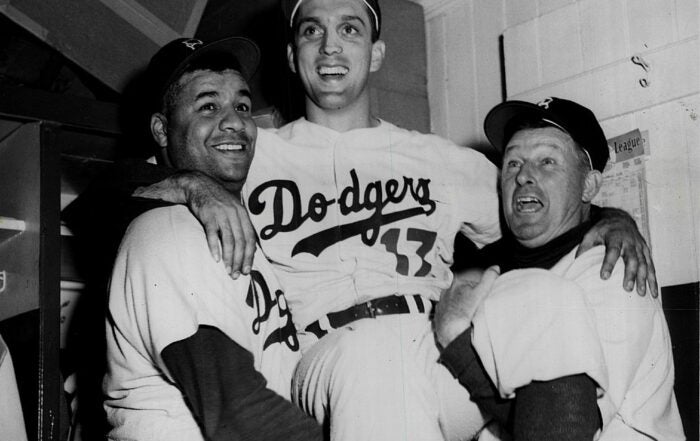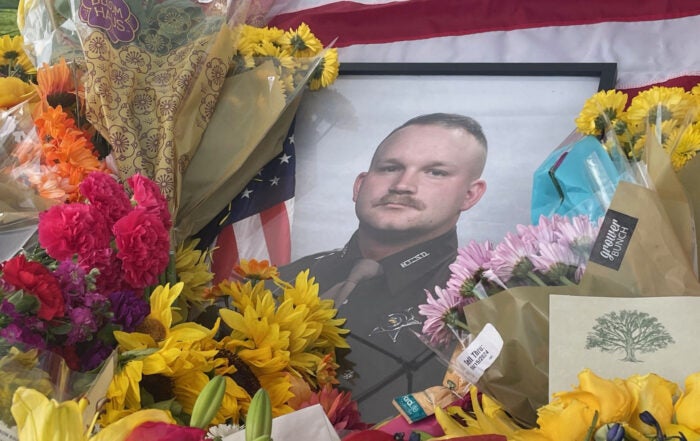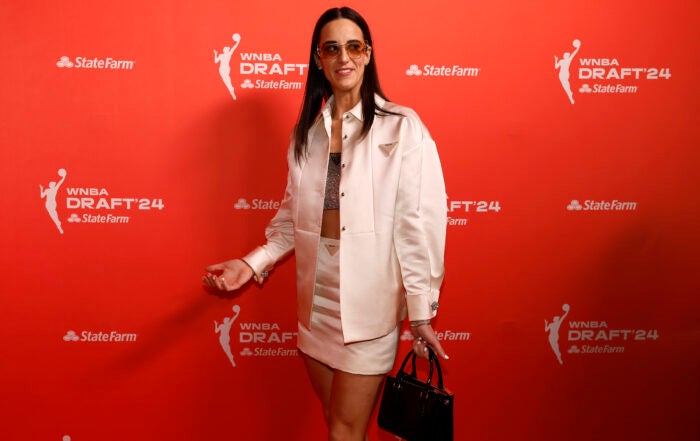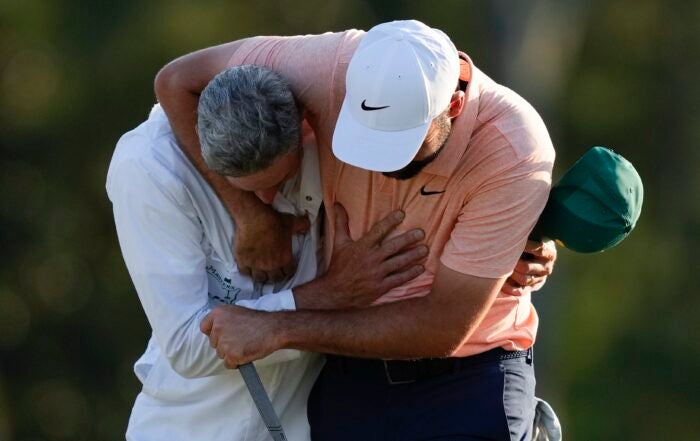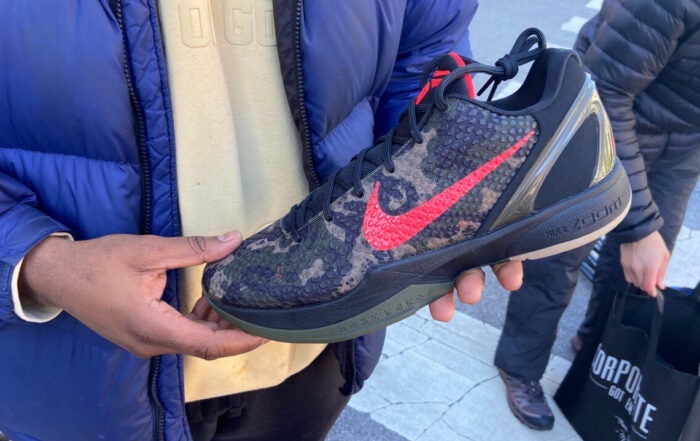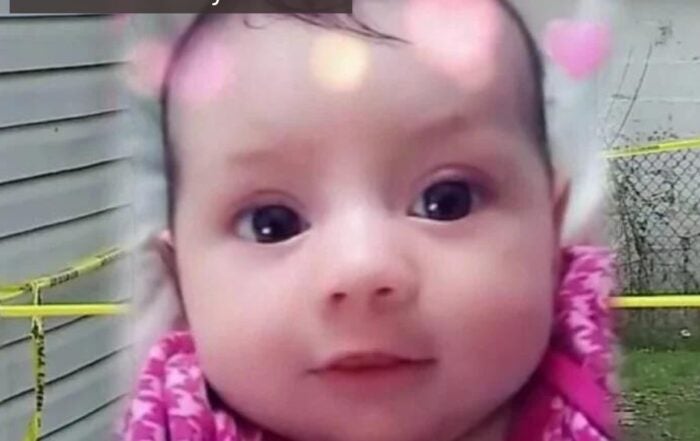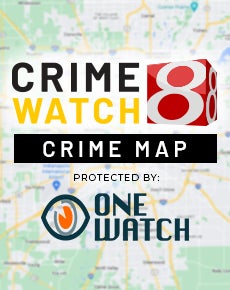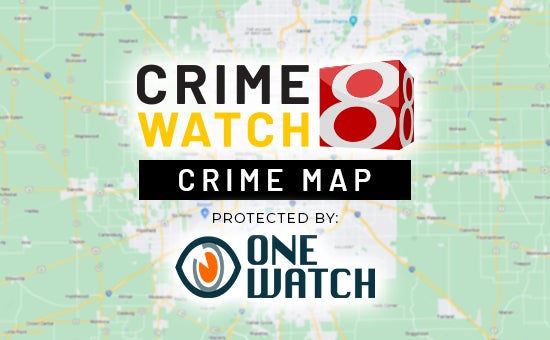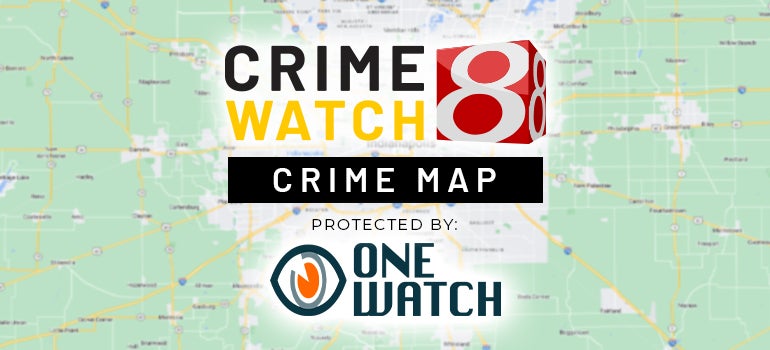Top Stories

Trending Stories
- IndyStar columnist apologizes after ‘oafish’ comment to Caitlin Clark
- USA Today columnist reacts to IndyStar-Caitlin Clark controversy
- Why grandmother was charged with criminal confinement after death of 5-year-old
- ‘Unacceptable’: Indiana ranks among worst in US for adults with college degrees
- Condado Tacos is coming to Greenwood
Local
view all Loading Data…
Loading Data…
Crime watch 8
view allCommunity Events
National News
 Loading Data…
Loading Data…
multicultural News
 Loading Data…
Loading Data…
Indiana News
 Loading Data…
Loading Data…
Education
view all Loading Data…
Loading Data…
Business, Equity & Opportunities
view all Loading Data…
Loading Data…
Trending Podcasts
view all Loading Data…
Loading Data…



